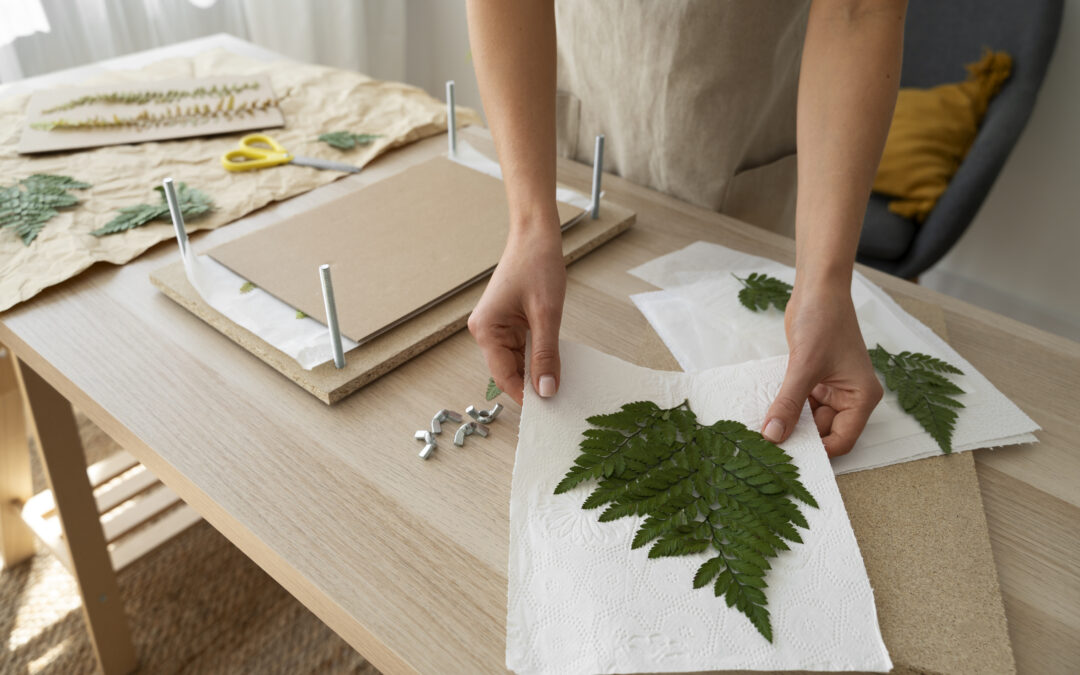Sustainable Fabrics: A Guide to Eco-Friendly Textiles
The fashion and textile industries have a significant environmental footprint. From water consumption and pollution to waste generation, the impact is undeniable. As consumers become more aware of these issues, the demand for sustainable and eco-friendly textiles is rising. This comprehensive guide from Color Oceans explores the world of sustainable fabrics, helping you make conscious choices for your next project.
Why Choose Sustainable Fabrics?
Choosing sustainable fabrics is a powerful way to reduce your environmental impact. These textiles are produced with a focus on minimizing harm to the planet and its inhabitants. Benefits include:
- Reduced Water Consumption: Conventional textile production often uses vast amounts of water. Sustainable options prioritize water conservation.
- Lower Chemical Impact: Organic and eco-friendly fabrics are often processed with fewer harmful chemicals, reducing pollution and protecting workers.
- Biodegradability: Natural fibers like organic cotton and linen are biodegradable, reducing textile waste in landfills.
- Support for Ethical Practices: Sustainable textile production often supports fair labor practices and safe working conditions.
Types of Sustainable Fabrics:
- Organic Cotton: Grown without synthetic pesticides, herbicides, or GMOs, organic cotton is a gentler option for the environment and for your skin. Look for certifications like GOTS (Global Organic Textile Standard).
- Linen: Made from flax plants, linen is a highly sustainable fiber. Flax requires minimal water and pesticides, and it’s a fast-growing crop. Linen is also durable, breathable, and biodegradable.
- Hemp: Hemp is another fast-growing plant that requires little water and pesticides. It produces a strong, durable fiber that’s perfect for clothing, home décor, and even industrial uses.
- Recycled Fabrics: Made from recycled materials like plastic bottles or textile scraps, recycled fabrics divert waste from landfills and reduce the need for virgin resources.
- Bamboo: Bamboo is a rapidly renewable resource that grows quickly without the need for pesticides or fertilizers. Bamboo fabric is soft, breathable, and moisture-wicking. However, be aware of the processing methods used, as some can be environmentally intensive.
- Tencel/Lyocell: These fabrics are made from wood pulp using a closed-loop process that minimizes waste and recovers solvents. Tencel is known for its softness, drape, and moisture-wicking properties.
- Modal: Similar to Tencel, Modal is also made from wood pulp and is known for its silky texture and drape.
Certifications to Look For:
- GOTS (Global Organic Textile Standard): Ensures that textiles are made with organic fibers and meet strict environmental and social criteria throughout the supply chain.
- Oeko-Tex Standard 100: Certifies that textiles are free from harmful substances.
- Fair Trade: Ensures that workers are paid fair wages and work in safe conditions.
Choosing Sustainable Fabrics for Your Projects:
When selecting sustainable fabrics, consider the following:
- Project Type: Match the fabric to your project needs. Consider factors like drape, durability, and texture.
- Fiber Content: Choose natural fibers like organic cotton, linen, or hemp whenever possible.
- Certifications: Look for certifications that guarantee environmental and social responsibility.
- Transparency: Support brands that are transparent about their sourcing and production practices.
Color Oceans: Your Partner in Sustainable Textiles
At Color Oceans, we are committed to offering a range of sustainable fabrics and eco-friendly printing options. We believe that creativity and sustainability can go hand in hand. Explore our collection of organic cotton, linen, and other sustainable textiles to bring your eco-conscious designs to life.

